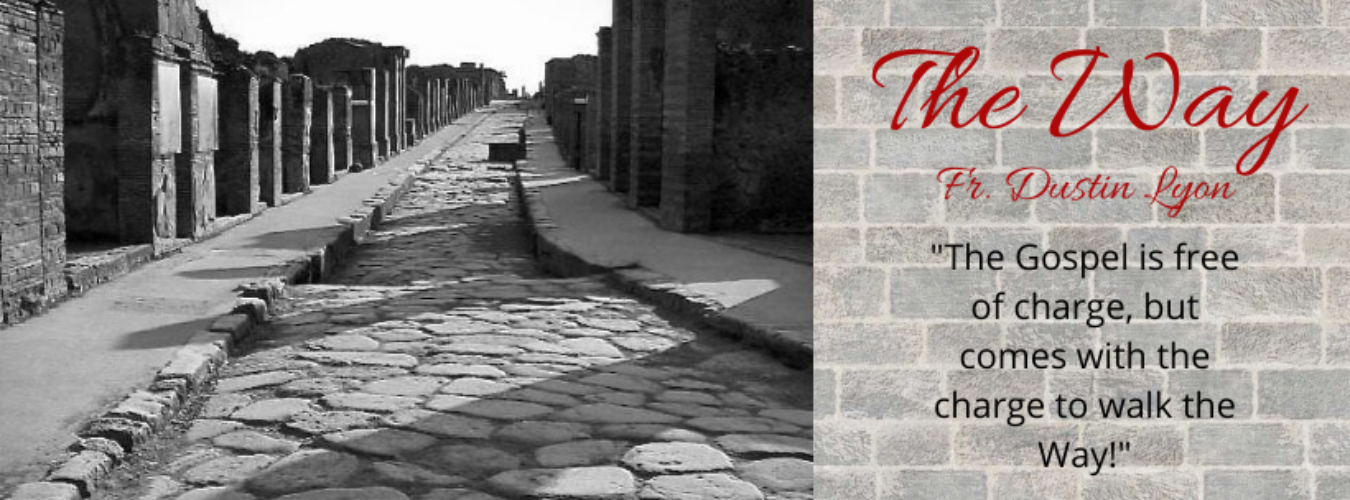The highlight of the Christian life, and the most important spiritual practice we have as Orthodox Christians, is partaking in the Holy Eucharist. We are encouraged to participate in the Eucharist every Sunday. In fact, in the Lord’s Prayer, we ask God to give us this bread “daily.”
But, during the time of Lent, when we intensify our spiritual lives, and when we should be communing even more, liturgies are forbidden on weekdays.
So, how are Orthodox Christians supposed to sustain themselves during this time? Is there a way to participate in this important sacrament more regularly than just on Sundays?
The Importance of Communion
The Eucharist is so important for Orthodox Christians that Metropolitan John Zizioulas says, “ … [the] Church constitutes the Eucharist while being constituted by it. Church and Eucharist are interdependent; they coincide, and are even in some sense identical.”
In other words, there is no Eucharist without the Church, but there’s also no Church without the Eucharist.
For Christians, parking of the Eucharist is so important that the Quinisext Council says that people aren’t allowed to miss liturgy for more than 3 Sundays in a row. The Council, of course, is presuming that people are communing when they attend liturgy.
Daily Communion in the Early Church.
The early Church communed often. They took the words of the Lord’s Prayer very seriously: “ … give us this day our daily [super-substantial] bread …”
For them, this was so important that they had the practice of allowing the laity to take the Eucharist home. Then, during their daily prayers, they would pray the Creed, the Lord’s Prayer, and then commune themselves from the Eucharist they had brought home.
Though this had been a practice from almost the time of the Apostles, during the Roman persecutions it became even more popular. Public liturgies were dangerous during this time, so taking communion home was a safer option. It also meant that people were sustained during this difficult time.
This may sound very strange to us today, but St. Basil actually praises the practice of daily home communion.
“It is good and most beneficial to have communion and partake of the Holy Body and Blood of Christ daily … And at Alexandria and Egypt, each one of the laity, for the most part, keeps the communion at his own house, and participates in it when he likes.”
Communing Often Today
Today, however, we don’t have the practice of taking communion home. But, we are encouraged to regularly participate in communion on Sundays. And, during Lent, we are encouraged to participate in the Eucharist even more.
But liturgies are forbidden on weekdays during Lent (with a few exceptions) because Lent is a time of repentance rather than celebration (the Divine Liturgy is considered a celebratory feast in honor of the Resurrection, which is why it’s allowed on the weekends).
So, how can we partake of communion more often during Lent?
Well, the church now has the practice of the Presanctified Liturgy. In this service, we celebrate vespers–the evening service of the church–and then the priest distributes communion that was consecrated on Sunday, hence the “presanctified” part.
So, how did this practice develop?
The History of the Presanctified Liturgy
Most likely, in the 6th century, the Presanctified Liturgy was developed by Severus, the Patriarch of Antioch.
When he became patriarch, he went about organizing the church, making sure things were in order and ran smoothly. One item he touched on was “home communion.”
Rather than allowing the laity to take the Eucharist home, he decided that it was proper for the church to distribute presanctified communion in an official service.
This practice soon spread to Constantinople where it was celebrated much more often than in Antioch. The reason has to do with theology.
At the time, the church was fighting an heresy called Nestorianism. One thing that they taught was that after the Divine Liturgy ended, any communion left over turned back into normal bread and wine. The Presanctified Liturgy, of course, is dependent on the idea that the bread and wine remain the Body and Blood of Christ. So, the Presanctified Liturgy was a way of protesting the Nestorians.
The Presanctified Liturgy Today
Today, this liturgy is celebrated only during Lent and it’s a way that the faithful can spiritually sustain themselves during an intensified time of prayer, fasting, and almsgiving.
Because it’s presanctified, the church doesn’t have to break its rule about not celebrating the liturgy (which is like a feast) during a solemn time of fasting. Yet, it allows us to continue to be sustained by the Body and Blood of Christ for the forgiveness of our sins and life everlasting.
So, I encourage you, if you don’t regularly attend church during the week, add the Presanctified Liturgy to your schedule during Lent. You’ll be glad to have this “daily bread” drawing you closer to Christ.

